- Call us: 01444 237070
- Contact Us
- Stores
- Sign In / Register
-
- Back
- Used Cameras
- Used Accessories
- Used Lenses
- Used Video
- Used Film Equipment
- Used Stock Alert
- Used Blank Test
- Sell or Part Exchange
- Used Clearance
- Recently Added Used Equipment
- Park Picks
- All Used Black Friday Deals
- Faulty
- Trade-In
- Blog
- New in
- Call us
- Contact us
- Stores
- Sign in
- Categories
- Tips & Inspiration
- Reviews
- News
- Events
- Features
- Buying Guides
- Competitions
Sony FX2 Specs Comparison Vs FX30 and FX3
Sony has launched the FX2, which is a new entry point into the full-frame Cinema Line of professional video cameras. In this Sony FX2 Specs Comparison Vs FX30 and FX3, we take a close look at how the FX2 compares with Sony’s other compact cinema cameras, and our first impressions review examines what this model brings to the table for solo filmmakers.
Gareth's Sony FX2 Hands-On Test Video Review
Although positioned below the FX3 and FX6, the newer FX2 inherits several pro-level features from high-end cameras, while introducing tech from across the Sony mirrorless camera range, which is ideal for filmmakers, solo shooters, and video-fast hybrid creators who are refining their gear.
Explore a detailed specs comparison between the Sony FX2, FX3 and FX30, as we examine what sets the FX2 apart, to help choose the right model for your needs. You’ll also find a video from Gareth and his thoughts on whether this could be the next camera in your kit. Let’s get into it.
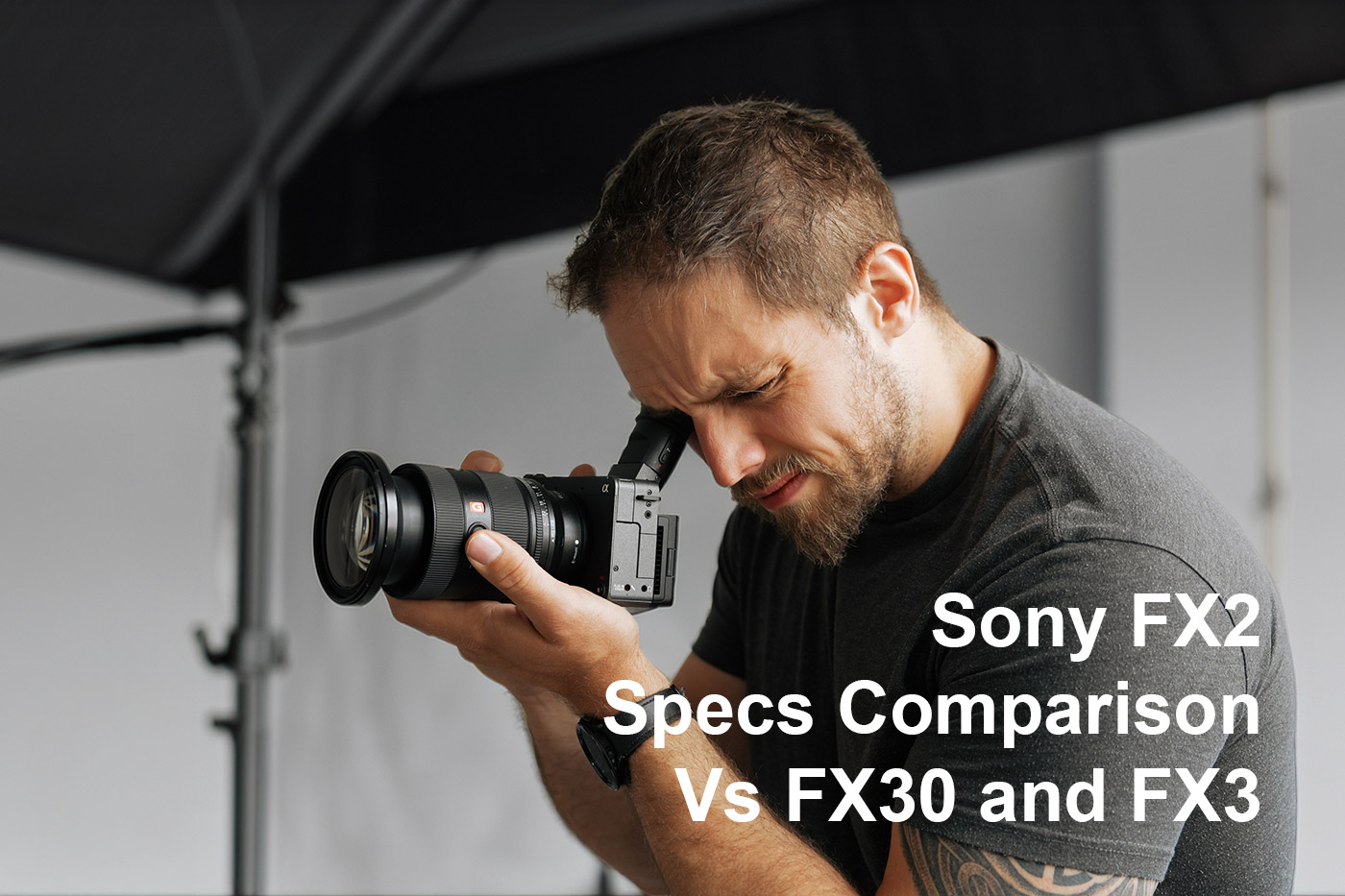
Launch date, pricing and kit options
The Sony FX2 Full-Frame Cinema Line Camera launched on 28th May 2025 in two configurations. The FX2 body-only costs £2,699.00, while the FX2 with XLR-H1 Handle is available at £3,149.00, for enhanced audio and improved handling. This sandwiches the FX2 below the FX3 priced at £3,599.00, and above the APS-C format Sony FX30, which costs £1,899.00.
At this price point the FX2 is the most accessible entry into Sony’s full-frame professional Cinema Line.
Next, we’ll take a look at how it differs from Sony’s mirrorless Alpha cameras.

How is the Cinema Line Different from Alpha Cameras?
While the Sony Alpha series is the go-to for photographers and hybrid creators, the Cinema Line is a different range entirely, with a ground-up design for video creators. One of the most obvious distinctions is the body, with cameras like the FX2 and FX3 ditching the central viewfinder in favour of a flat top with 1/4-20” mounting points.
That makes them easier to rig without needing a full cage, which is useful when working solo and you want a lighter setup. Cooling is another difference, as Cinema Line models feature built-in fans for extended, uninterrupted shooting, even at 4K 60p.
In the case of the FX2, it records oversampled 4K from 7K full-frame or 4.6K in Super35 mode, giving you crisp detail and accurate colour from 10-bit 4:2:2 files. You also get access to dedicated video modes like Cine EI and Cine EI Quick for S-Log3 workflows, with support for LUTs and consistent colour grading.
Timecode sync, breathing compensation, support for anamorphic lenses and optional XLR audio inputs are often available, which further differentiates the Cinema range, although the FX2 is beginning to blur the line.
This is the first pro video camera from Sony to include both a vari-angle LCD screen as well as a a tiltable EVF. It features other conveniences from the Alpha range too, such as the dedicated AI chip for enhanced AF and dual stabilisation modes. Let’s find out more about its key features next.
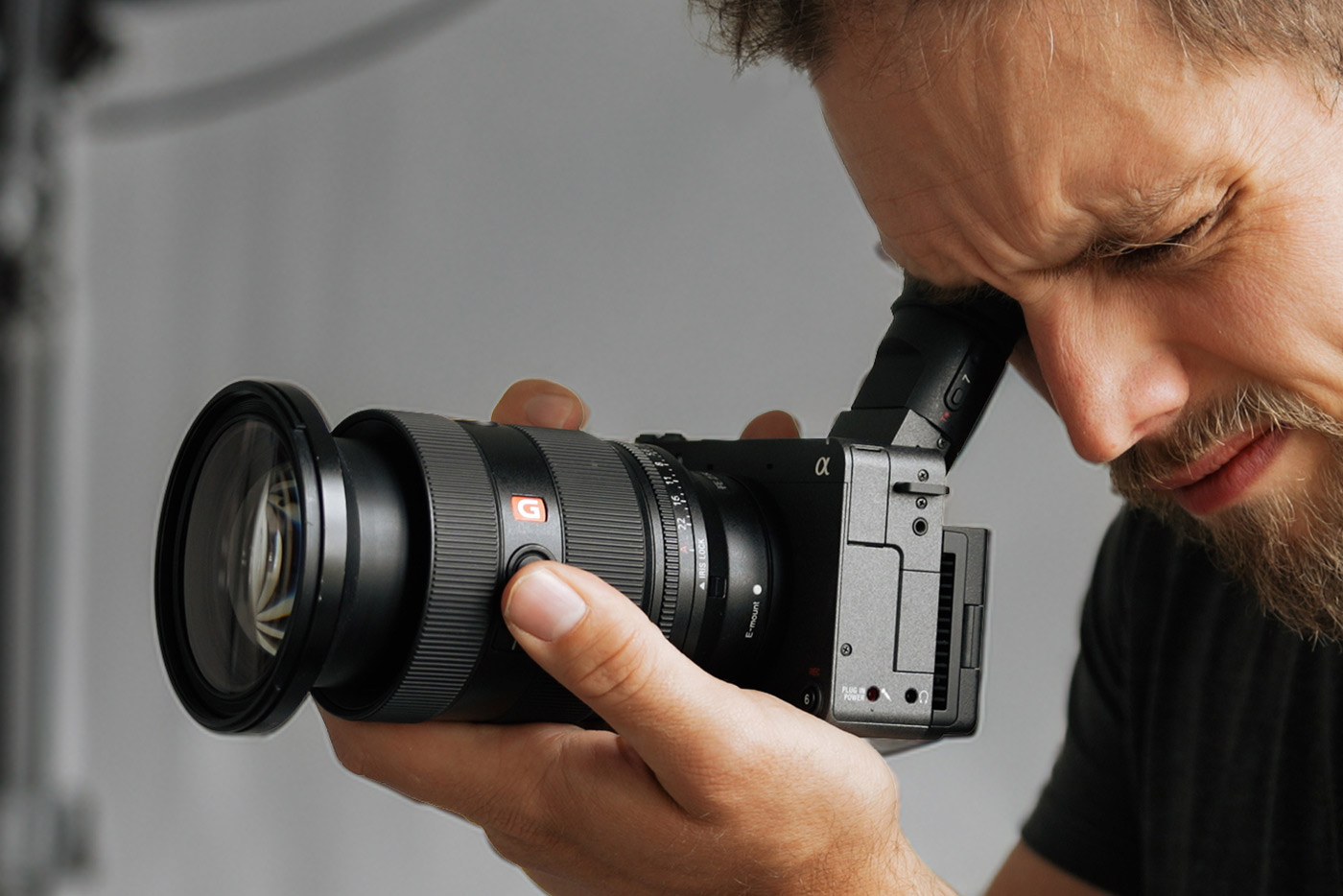
Sony FX2 Key Features
The Sony FX2 Cinema Line Camera combines a variety of features from both Cinema and mirrorless ranges in a compact, accessible body for solo creators and small crews. It shares some tech with Sony’s top-end cinema models while delivering new tools that support video with minimal fuss.
- 33.0MP full-frame back-illuminated Exmor R CMOS sensor
- BIONZ XR image processor plus a dedicated AI processing unit
- 4K 30p full-frame recording oversampled from 7K
- 4K 60p Super35 oversampled from 4.6K
- Dual Base ISO of 800 and 4000 for S-Log3
- 15+ stops of dynamic range
- 10-bit 4:2:2 internal recording
- Support for Cine EI, Cine EI Quick and Flexible ISO
- Multiple Creative Looks and LUTs
- Built-in fan for extended recording times
- AI-driven Real-time subject recognition AF
- Active and Dynamic stabilisation
- Vari-angle touchscreen plus a tiltable electronic viewfinder
- Dual card slots (CFexpress Type A and SD UHS-II)
- Full-size HDMI output with RAW and 10-bit 4:2:2 support
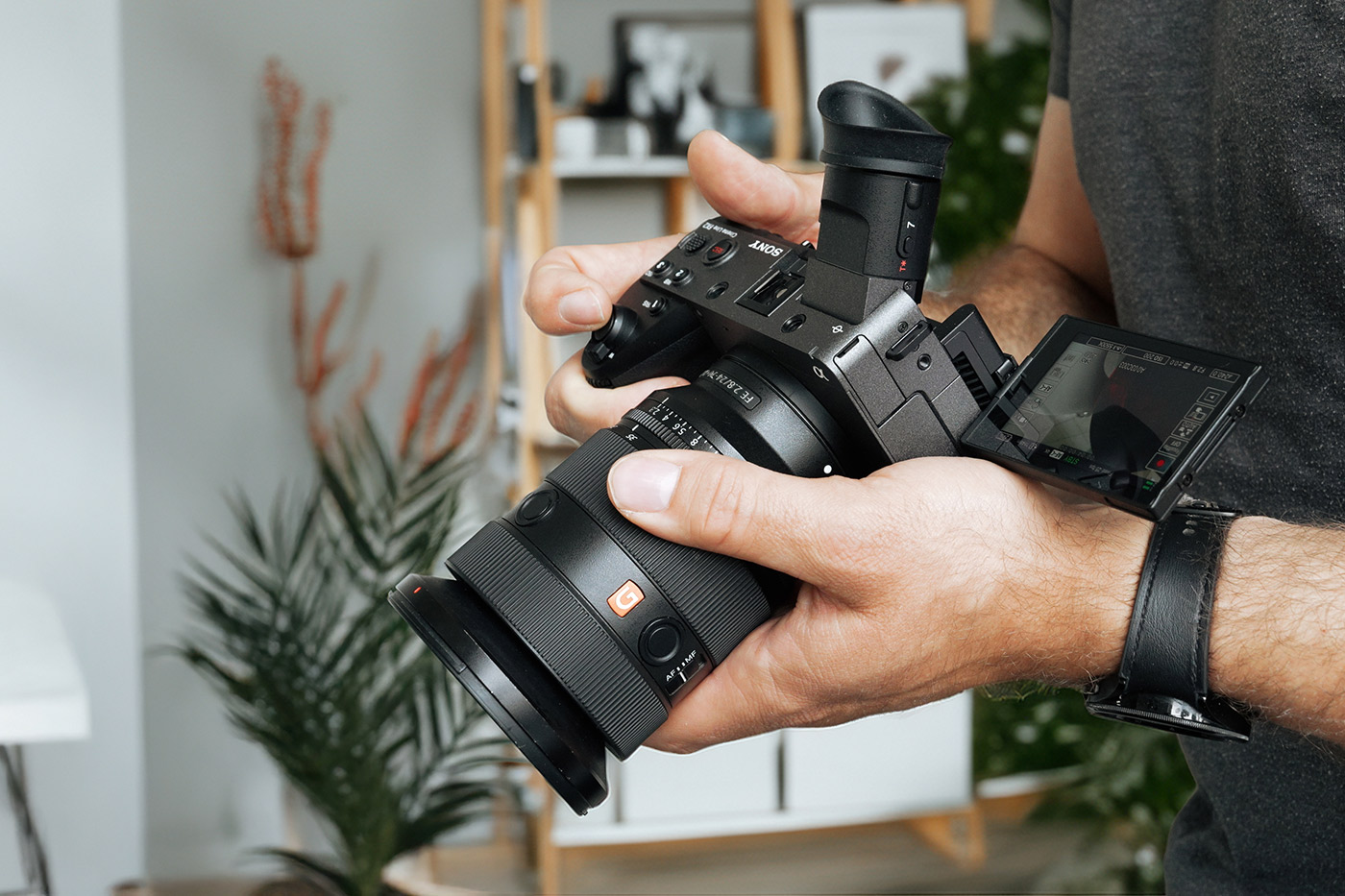
Features that support solo creators
One of the most notable additions to the FX2 is Sony’s AI processing unit, which handles real-time subject recognition extremely accurately. This technology was introduced in the A7R V, then adopted into various cameras including the second generation flagship A1 II.
The AI chip can accurately detect and track people, animals, birds, vehicles and other subjects, adjusting focus during movement or when the subject briefly leaves the frame. This means you can record without constantly checking focus or tapping the screen, concentrating on other aspects of the scene.
Stabilisation is another area that helps solo creators by allowing for a lightweight rig. The FX2 includes Active and Dynamic Active modes, which offer improved stabilisation for run-and-gun shooting. Metadata is embedded into footage, so further shake correction can be applied in post using Sony’s Catalyst software, enabling handheld shooting while still being able to achieve smooth results.
With a dedicated stills/video switch, the FX2 offers better integration of stills photography than any previous Cinema Line camera. You can extract high-res stills from footage, shoot with LUTs applied, and even use a newly added Log Still mode for consistent colour grading.
The flat-topped body and mounting points let you add small video accessories, while the vari-angle touchscreen and tiltable viewfinder support framing without the need for an external monitor.
Together, these features allow solo creators to focus on storytelling rather than setup, with a cinematic camera that works without cages or external monitors unless wanted.
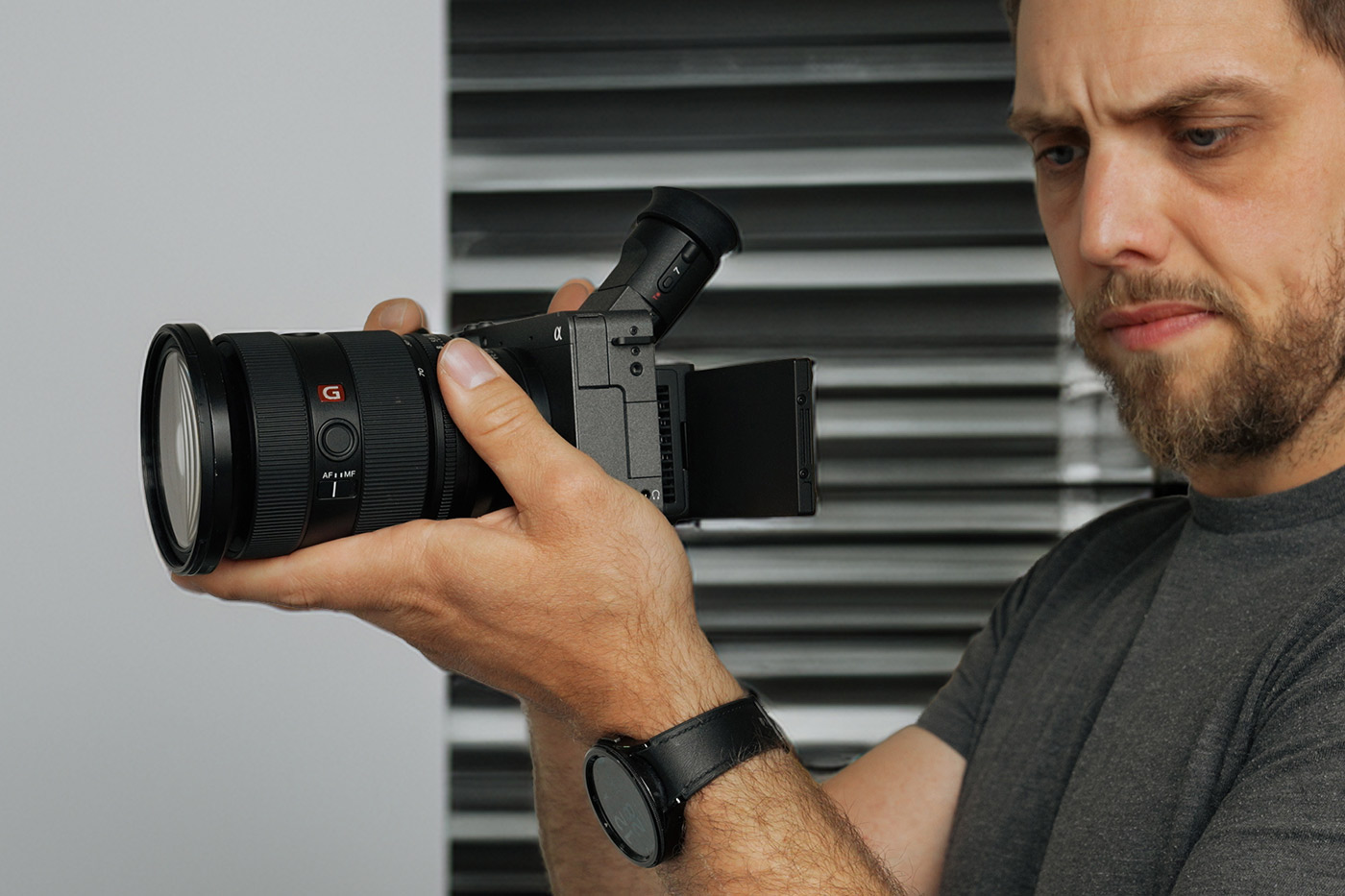
Unique design with greater versatility
Sony has made a number of updates focusing on usability and support for increasingly popular vertical video. While it shares its compact shape with the FX3, the FX2 has unique elements that enhance its usability for today’s video creators.
The 3.0-inch LCD touchscreen includes a vertical UX, adjusting the layout depending on how the camera is orientated. Sony’s BIG 6 Home Menu has been imported from flagship models, placing six key controls on a single screen so that adjustments can be made quickly without diving into submenus. This is due to roll out to other models via firmware updates, but comes to the FX2 first.
The camera’s built-in electronic viewfinder is something which the also FX3 lacks, providing another option for those who prefer an EVF for composition, especially in bright light. Seven customisable buttons C1–C7 join programmable dials and a custom Fn menu, allowing users to customise controls for their workflow.
Stills shooting options are more comprehensive than before, with a new Log Shooting mode for JPG/HEIF images that match your video LUTs. USB streaming is available live content delivery, and full-size HDMI output provides external monitoring and RAW recording support.
These refinements make for an intuitive and efficient experience, and the FX2 is the most adaptable model, particularly for creators who switch between formats, which is ideal for solo filmmakers who have to turn their hand to every aspect of content creation.
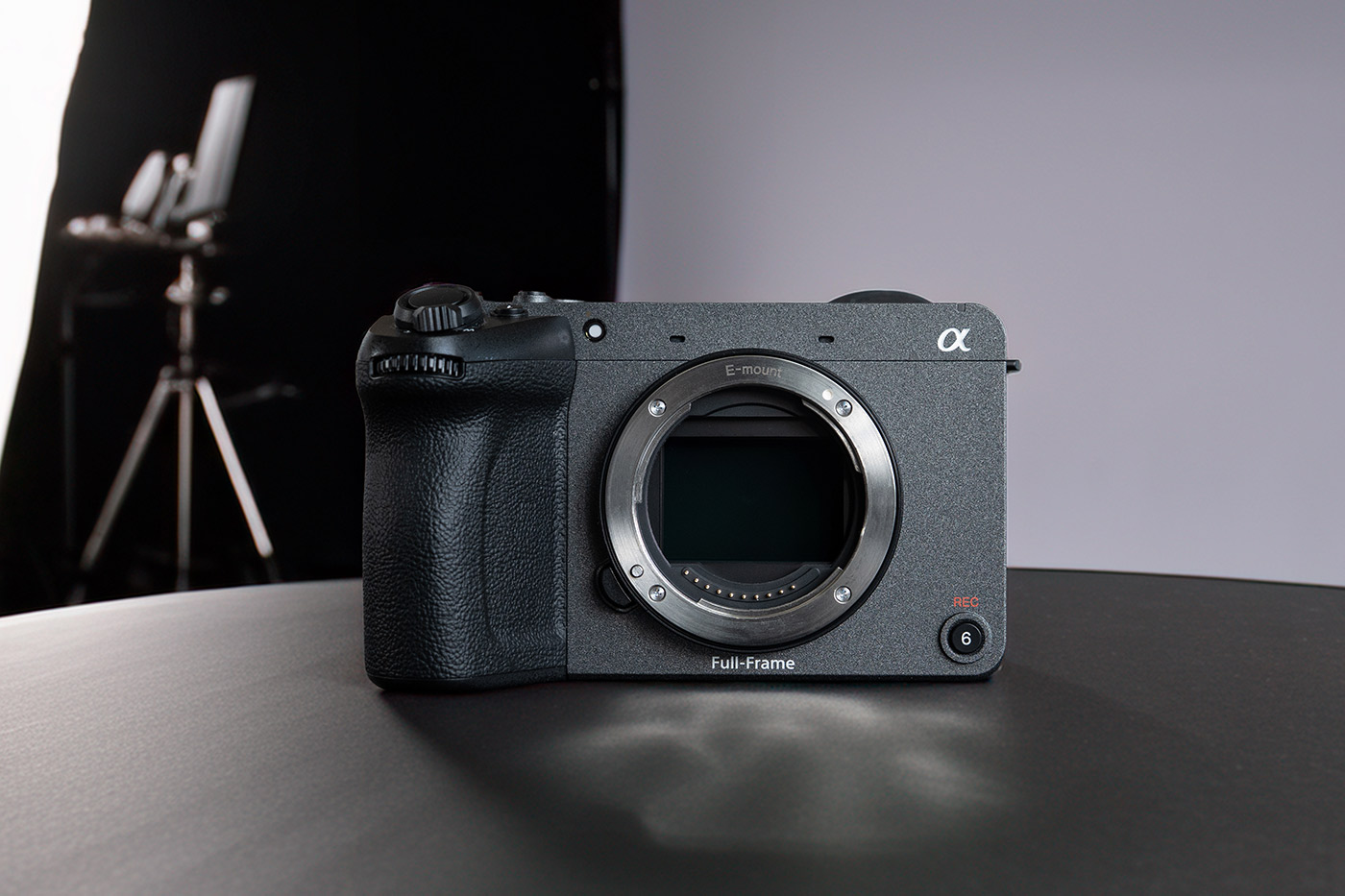
Ports and Connectivity
A full suite of professional connectivity options are available in the FX2.
- A full-size HDMI Type-A port supports 4K 60p 4:2:2 10-bit video output, with RAW also available when recording in Super 35mm mode. This allows for high-quality external recording or monitoring with a video recorder using industry-standard devices.
- For audio the FX2 body includes a 3.5mm mic input and headphone jack, which can be expanded significantly using the XLR-H1 handle unit, which of course is included in the FX2 with XLR-H1 kit. This accessory adds two full-size XLR/TRS combo inputs with support for 48V phantom power, enabling up to four-channel 24-bit digital audio recording without external power or cables. The XLR unit plugs directly via the Multi Interface Shoe, keeping your setup suitably streamlined.
- A USB-C port supports charging and high-speed data transfer, and can also be used for UVC/UAC video streaming up to 4K 30p, ensuring the FX2 a ready-to-go solution for live streaming or webcam use without additional hardware. Wired LAN is supported via a USB-C to Ethernet adapter for stable network transfers,
- Both 2.4GHz and 5GHz Wi-Fi are available for wireless connectivity, content transfer, or camera control via Sony’s mobile apps.
- A micro-USB port, Timecode Sync port via Multi Terminal, and dual card slots are also available (proprietary CFexpress Type A/SD in Slot 1 and SD in Slot 2) for file management and backup. Check our post memory cards explained for clarification on these formats.
Specs Comparison Sony FX2 Vs FX30 and FX3
The Sony FX2 sits between the FX30 and FX3 in the Cinema Line, with full-frame image quality and many of the features found in both models. While it shares the compact body design and touchscreen UI with the FX3, it introduces a new 33MP sensor, vertical menu system, and dedicated AI chip. Compared to the APS-C FX30, the FX2 offers a larger sensor, wider dynamic range, and advanced connectivity, making it a more capable all-rounder for solo creators and small teams. Use the table below to compare key specifications across all three models.
|
Category |
Sony FX2 |
FX3 Ver 6.02 |
FX30 Ver 5.02 |
|
Image Sensor (effective for still) |
Back-illuminated 35mm full-frame Exmor R CMOS sensor (33MP) |
Back-illuminated 35mm full-frame Exmor R CMOS sensor (12MP) |
Back-illuminated APS-C size Exmor R CMOS sensor (26MP) |
|
Processing Engine |
BIONZ XR |
BIONZ XR |
BIONZ XR |
|
Resolution (FF / S35) |
FF: DCI 4K, QFHD / S35: DCI 4K, QFHD |
FF: DCI 4K, QFHD / S35: FHD |
S35: DCI 4K, QFHD |
|
Max Rec Frame Rate (4K / FHD) |
4K 59.94p (S35) 29.97p (FF) / FHD 119.88p |
4K 119.88p / FHD 119.88p |
4K 119.88p / FHD 119.88p |
|
Recording Format |
XAVC S, XAVC S-I, XAVC HS |
XAVC S / XAVC S-I / XAVC HS |
XAVC S / XAVC S-I / XAVC HS |
|
Bit-depth / Codec |
10bit 4:2:2 / Long GOP, All-I / H.264, H.265 |
10bit 4:2:2 / Long GOP, All-I / H.264, H.265 |
10bit 4:2:2 / Long GOP, All-I / H.264, H.265 |
|
ISO Range |
100 – 102400 (expanded) |
80 – 409600 (expanded) |
100 – 32000 |
|
Base ISO |
800 / 4000 |
800 / 12800 |
800 / 2500 |
|
Latitude |
15+ stop |
15+ stop |
14+ stop |
|
Cinema Look / S-Log |
S-Cinetone, ITU709, S-Log3, HLG |
S-Cinetone, ITU709, S-Log3, HLG |
S-Cinetone, ITU709, S-Log3, HLG |
|
LUT (Preset / Custom) |
S-Log3, S709, 709 (800%) / Yes (User LUT) |
S-Log3, S709, 709 (800%) / Yes (User LUT) |
S-Log3, S709, 709 (800%) / Yes (User LUT) |
|
Log Shooting Setting |
Flexible ISO / Cine EI / Cine EI Quick |
Flexible ISO / Cine EI / Cine EI Quick |
Flexible ISO / Cine EI / Cine EI Quick |
|
Variable ND |
NA |
NA |
NA |
|
Autofocus Subject Recognition |
Fast Hybrid AF (AI processing unit) Human, Animal, Bird, Insect, Car, Train, Airplane, Auto / Tracking |
Fast Hybrid AF (no AI processing unit) Human, Animal (still only) / Tracking |
Fast Hybrid AF (no AI processing unit) Human, Animal, Bird / Tracking |
|
AF Assist / Focus Map |
Yes / Yes |
Yes / NA |
Yes / Yes |
|
Breathing Compensation |
Yes / Yes |
Yes / Yes |
Yes / Yes |
|
Stabilisation |
Yes 5-axis (Dynamic Active / Active / Standard) Centre 5 stops, Periphery 5 stops |
Yes 5-axis (Active / Standard) 5.5 stops |
Yes 5-axis (Active / Standard) 5.5 stops |
|
Handle / Screw |
XLR handle / 1/4-20 UNC x3, M3 x1 |
XLR handle / 1/4-20 UNC x4 |
XLR handle / 1/4-20 UNC x4 |
|
Tally Lamp |
Front / Top / Rear |
Front / Top / Rear |
Front / Top / Rear |
|
Zoom |
Zoom lever |
Zoom lever |
Zoom lever |
|
RAW |
16bit RAW (S35) output via HDMI Type-A |
16bit RAW output via HDMI Type-A |
16bit RAW (less than S35) output via HDMI Type-A |
|
Audio |
XLR/TRS x2, 3.5mm x2 / LPCM 4ch 24bit |
XLR/TRS x2, 3.5mm x2 / LPCM 4ch 24bit |
XLR/TRS x2, 3.5mm x2 / LPCM 4ch 24bit |
|
TC / Genlock |
TC IN with a dedicated adaptor / NA |
TC IN with a dedicated adaptor / NA |
TC IN with a dedicated adaptor / NA |
|
UVC / UAC |
Yes |
NA |
Yes |
|
Active Cooling |
Internal fan |
Internal fan |
Internal fan |
|
Media |
CFexpress Type-A / SD x1 / SD x1 |
CFexpress Type-A / SD x2 |
CFexpress Type-A / SD x2 |
|
Battery |
NP-FZ100 (16.4Wh) |
NP-FZ100 (16.4Wh) |
NP-FZ100 (16.4Wh) |
|
Dust & Moisture Resistance |
Yes |
Yes |
Yes |
|
Shutter |
Mechanical, Electronic shutter |
Mechanical, Electronic shutter |
Electronic shutter |
|
Continuous Shooting Speed |
10 fps |
10 fps |
NA (single shooting) |
|
Flash Control |
Sony α system flash, flash sync speed 1/250 sec |
Sony α system flash, flash sync speed 1/250 sec |
NA |
|
Size and Weight |
129.7 x 77.8 x 103.7 mm / 679 g |
129.7 x 77.8 x 84.5 mm / 714 g |
129.7 x 77.8 x 84.5 mm / 646 g |
|
BIG6 (HOME) Screen |
Yes |
NA (to be supported) |
NA (to be supported) |
|
Mode Switch Lever |
Yes |
NA |
NA |
|
LCD Panel |
3.0 type / 1.04M |
3.0 type / 1.44M |
3.0 type / 2.36M |
|
EVF |
Yes (tilt: 0°–90°) 3.68M |
NA |
NA |
|
Vertical interface |
Yes |
NA |
NA |
|
Assignable button |
7 |
6 |
6 |
|
Tripod mount screw |
2 |
1 |
1 |
|
Log Shooting Setting |
Yes |
NA |
NA |
|
Automatic creation of still images from Shot Marks |
Yes |
NA |
NA |
|
De-Squeeze Display |
Yes |
Yes |
Yes |
|
Network streaming |
Yes |
Yes |
Yes |
|
USB streaming |
Yes |
NA |
Yes |
|
Camera Remote SDK |
Yes |
Yes |
Yes |
|
Camera Remote Command |
Yes |
Yes |
Yes |
Who is the Sony FX2 for and why choose it?
The FX2 is aimed at solo shooters, documentary filmmakers, and small production teams who want to move up from hybrid mirrorless cameras or APS-C models without the size and expense of higher-end cinema gear. Its full-frame 33MP sensor resolves detailed stills and oversampled video, making it suitable for creators who need to capture both formats in a single workflow.
Compared to hybrid cameras like the popular a7 IV, the FX2 provides more consistent video-centric features including a built-in fan for long-form recording, a flat-top with multiple mounting points, tally lights, and real-time subject tracking via a dedicated AI chip. It also benefits from pro-level audio when paired with the optional XLR-H1 handle.
If you’re choosing between the FX2 and FX30, the FX2 brings full-frame depth of field with slightly improved low light performance, while the FX3 adds features like an EVF and a different sensor at a higher price. The FX2 essentially bridges the gap by offering pro video performance from its compact size, which is ideal for run-and-gun video, interviews, locations, and vertical-first content thanks to an updated UI and USB streaming.
With a host of features packed into a compact body, stabilisation modes, a powerful processor, oversampled 4K video and AI-powered autofocus, the FX2 provides excellent tools, while also bringing new features to the Cinema range. Whether upgrading from a mirrorless camera or choosing your first dedicated video body, the FX2 is a versatile option that delivers a streamlined video-first UX.
View our comprehensive professional video camera range here, and explore the FX2 body-only, and Sony FX2 Camera with XLR-H1 Handle to find the right model for your needs.
Share this post:
By Nick Dautlich on 28/05/2025
Nick Dautlich
Senior Content Writer and Product Reviewer
Nick Dautlich is the Senior Content Writer and Product Reviewer at Park Cameras, with over 15 years of photography experience. A Sony Imaging Professional and expert reviewer, Nick has worked with major brands such as Canon, Sony and Nikon. His work is also featured on Vanguard World UK’s website, Capture Landscapes, and Shutter Evolve. Nick’s photography includes National Trust projects and magazine covers and he is passionate about landscapes and storytelling. Nick also enjoys hiking and teaching his children about nature. Learn more on his profile page.
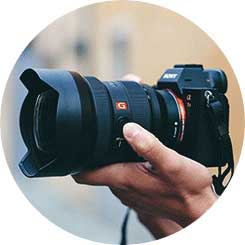
Trade in your old equipment
Fast and easy trade in service ensures your old gear is collected efficiently and you are paid quickly! It's very simple to trade in your unwanted photography gear. Just head over to our dedicated Sell or Part Exchange page, fill out the details, and we'll get back to you with an offer for your old gear. Take the cash, or put it towards the cost of your new gear. It's up to you! Find out more
sign up to the newsletter
Keep up to date on the latest photography news, events and offers. Sign up now